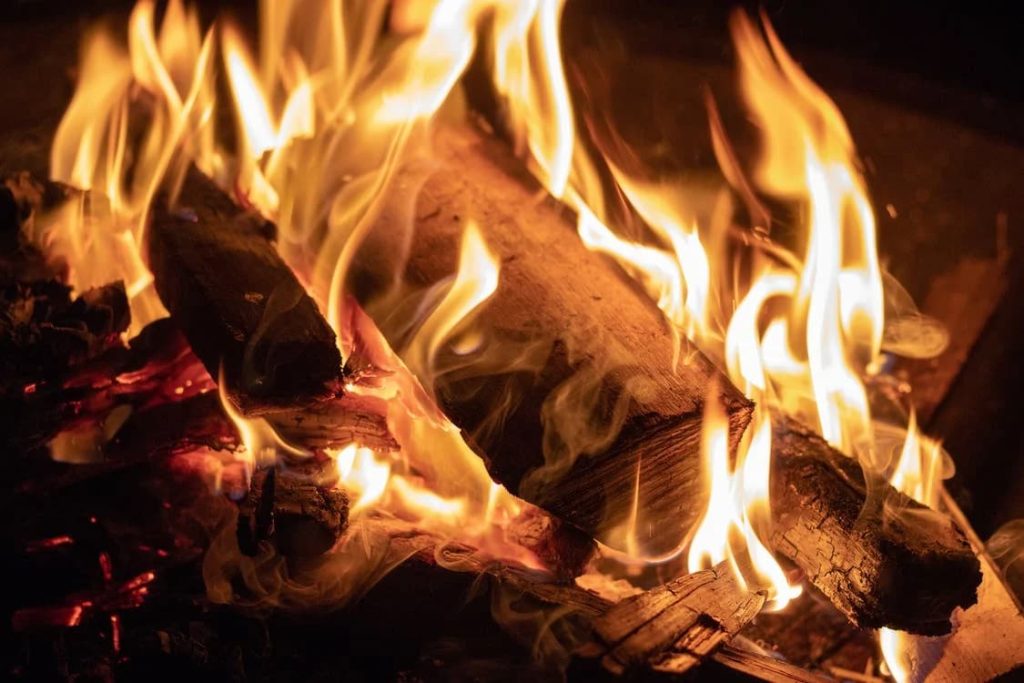According to recent estimates from the United States Energy Information Administration, the average family residence in the United States spends roughly 120 dollars per month on electricity alone.
This does not include heating or water costs, and the bill is of course greater during the winter season. There are, however, methods to cut these expenditures, not just for the sake of saving money, but also for the benefit of the environment.
Another issue contributing to the emergence of cost-effective energy solutions is the environmental imprint we leave behind, and of course, if handled appropriately, you’ll reap multiple benefits. That is why we made sure to display, in the text below, some great ways to make your home more energy-efficient and not only cut the costs but also help nature as well.
Table of Contents
Take care of the source of heating
Furnaces are known to add a few more dollars to the heating cost over time, depending on the type, because they require service and regular maintenance to run efficiently. One option is to consider a new generation energy-saving furnace that can help you save money, but even the old one you have in the basement may still be useful and have some life remaining in it.
First, make sure to get a professional to do the annual service, which is probably due, and change the parts and filters. Then again, make sure there is no accumulated debris blocking the airflow and causing the furnace to work harder than it is supposed to, thereby using more energy. We also recommend using a thermostat, possibly a programmable one, as they are known to reduce the bill and you’ll have better control over the furnace and the energy spending.
And, make sure there are no exit points where the additional heat is leaving, therefore shut the doors, seal the garage doors if you are keeping them there, and close the windows during winter.
Windows and doors
As said, make sure your exit points are shut tight as you’ll prevent the heat from “getting away”, literally. Windows and doors are the most common reason why additional heat is leaving the house, without you even noticing. We are talking of old windows with poor isolation, which are often worn out and does not seal well. One simple trick to prevent this from happening is by simply installing new ones, such as energy-efficient windows with double glass and better isolation properties. These are known to cut down the costs of heating the place as they prevent the hot air from leaving, and cold air from the outside to find its way in.
The advantage is they use frame materials such as timber, and PVC, therefore preventing the transfer of heat or cold making them perfect for energy saving. Newer models, the three glass ones, have vacuum pockets once again preventing the transfer of heat and cold, making them perfect for long winters.
Another problem you might face is the doors, specifically the front and back doors which are due. Similar to the windows, if they are not shut tight and if they do not seal properly, chances are the transfer of heat and cold is going to add zeros to the electricity bills.
Check the attic and roof for holes
If the roof is defective, the holes and cracks can easily cause cold air to flow in the attic, thereby creating a bubble of cold and hot air within the attic and messing with the temperature of the whole house.
These temperature changes put additional pressure on the thermostat and you’ll spend more money on heating than you are supposed to. Therefore, one little inspection of the roof should make it all alright- not to mention how water can cause the appearance of mold in the attic and later in the whole house.

Make sure to regulate water use
We all know the saying “ In the future, wars will be waged for water”, and even though it seems unlikely shortly, this only emphasizes the importance of becoming more conscious about water use.
One simple trick is to simply take care of running water, and especially running faucets, by replacing them and thereby saving more of it. It is not just the water bill that we may save by doing so, which can be around $200 on average, but it is also the environment that we are preserving.
Change the bulbs in the house for more eco-friendly options
The trick is simple, regular bulbs are known to take more energy and give less light, therefore being real “energy eaters”. One simple change can reduce the electricity bill and save you energy. Nowadays, there are eco-friendly options, LED lightbulbs, and other possibilities open for the average consumer to save money.
We hope you’ll find these tips and ways more than useful in making your home energy-efficient and eco-friendly, thus saving money and nature as well.




